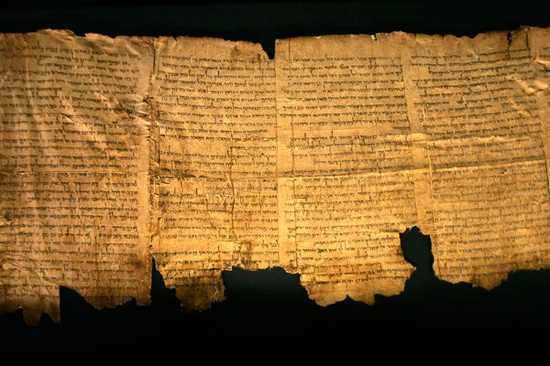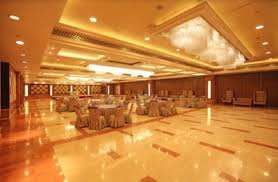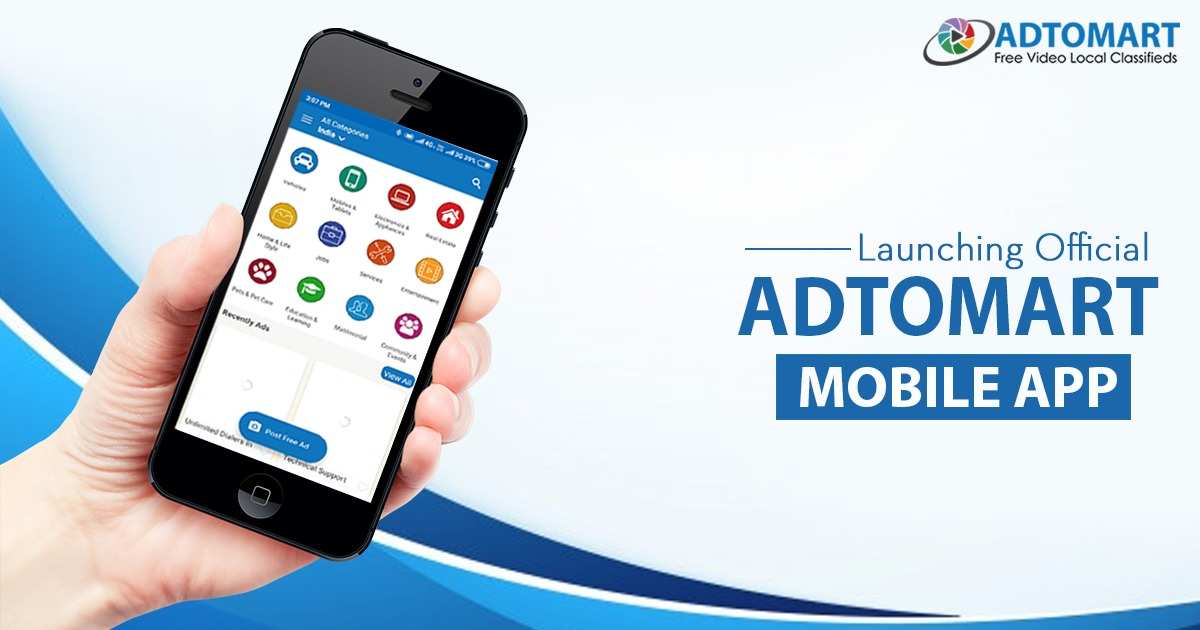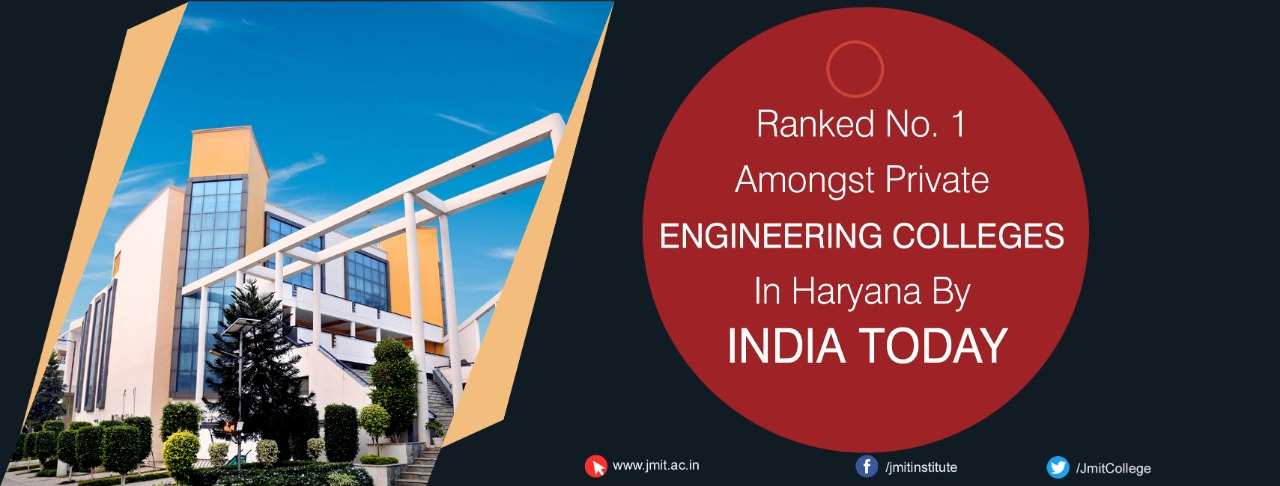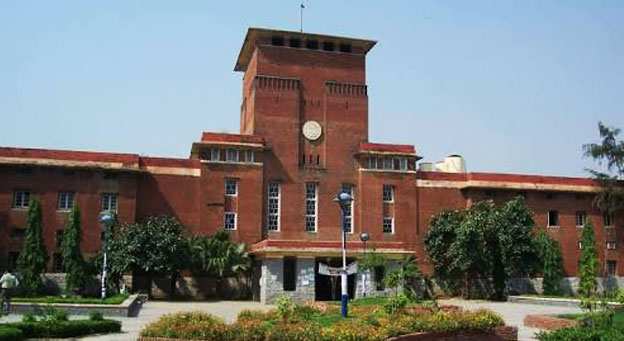We all know that technology has no bounds. The more the time passes, new technology emerge to satisfy our needs and give us a better life. Well again technology has proved that it is the greatest innovation of the human mind by giving us something of great value.
Nearly half a century ago, archaeologists found a charred ancient scroll in the ark of a synagogue on the western shore of the Dead Sea. The lump of carbonised parchment could not be opened or read. So its curators did nothing but conserve it in hope that technology might hold the key to make the scroll readable.
Now, such a technology has been perfected by computer scientists at the University of Kentucky. Working with biblical scholars in Jerusalem, they have used a computer to unfurl a digital image of the scroll. It turns out to hold a fragment identical to the Masoretic text of the Hebrew Bible and, at nearly 2,000 years old, is the earliest instance of the text.
The writing retrieved by the computer from the digital image of the unopened scroll is amazingly clear and readable, in contrast to the scroll’s blackened and beaten-up exterior.
The scroll’s content, the first two chapters of the Book of Leviticus, has consonants – early Hebrew texts didn’t specify vowels – that are identical to those of Masoretic text, the authoritative version of the Hebrew Bible and the one often used as the basis for translations for the Old Testaments in the Protestant Bibles.
The Dead Sea scrolls contain versions quite similar to the Masoretic text but with many small differences. The text in the scroll found at the En-Gedi excavation site in Israel decades ago has none, according to Emanuel Tov, an expert on the Dead Sea scrolls at the Hebrew University of Jerusalem. “This is the earliest evidence of the exact form of the medieval text,” Tov said, referring to the Masoretic text.

